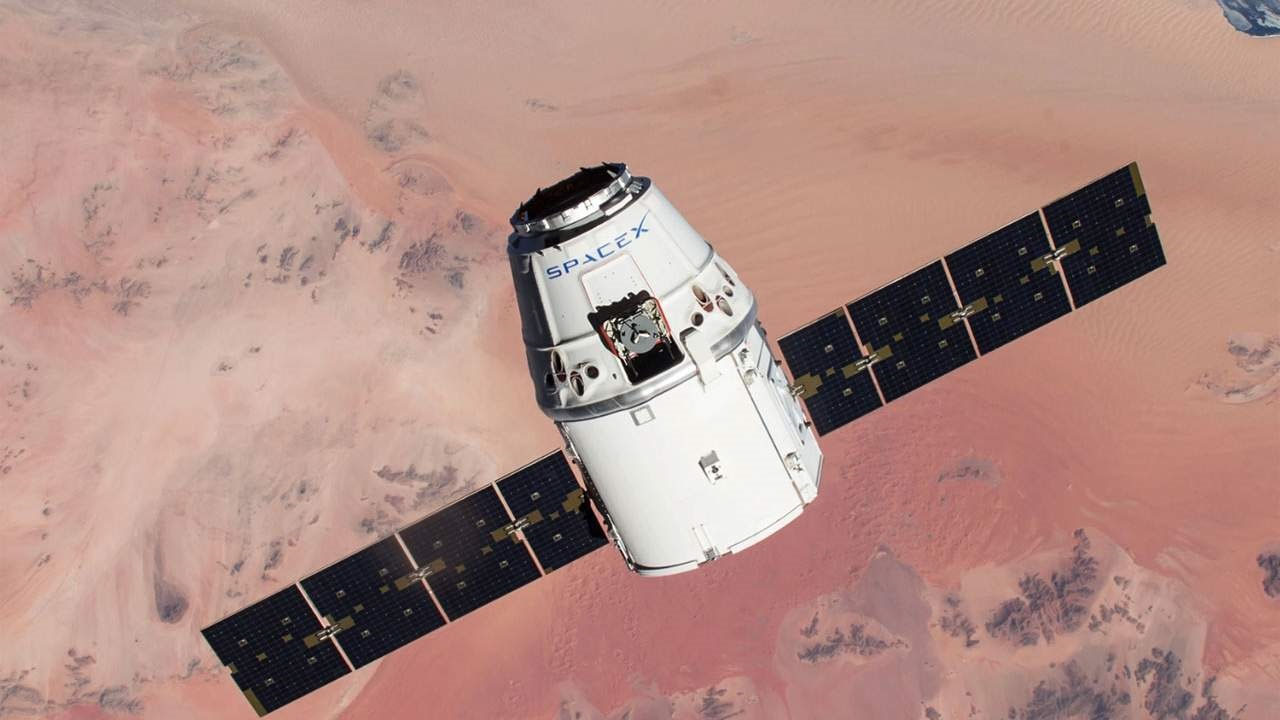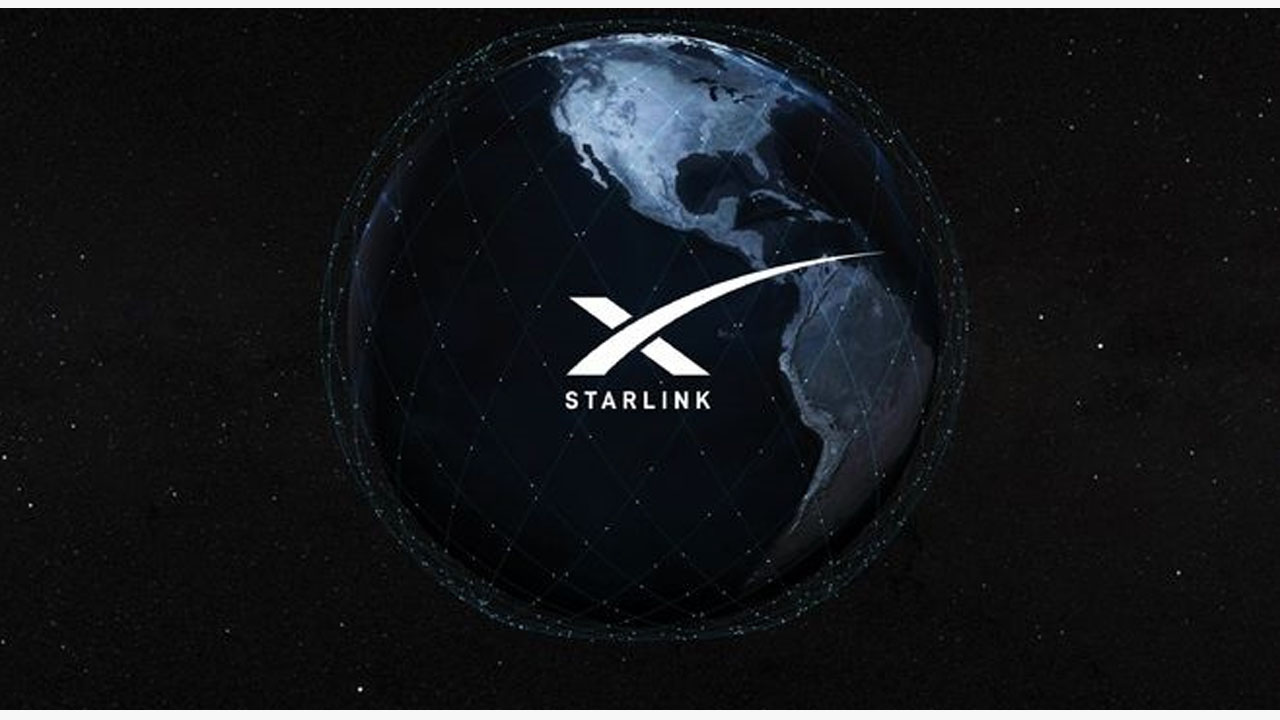The coverage of the Starlink satellite Internet service of the US space exploration technology company SpaceX has become larger and larger, the US Department of Defense has also become interested in it, hoping that the company will develop a micro wireless connection to the Starlink network. Version satellite antenna.
According to the announcement issued by the US Department of Defense on the US Small Business Innovation Research (SBIR) project, the US Special Operations Command (USSOCOM) stated that they are interested in battery-powered micro-satellite antennas. At present, it is not clear whether the US military has coordinated with SpaceX on the topic of portable star-link satellite antennas, or whether the project can accept bids from any company.
In short, the purpose of SBIR is to “conduct a feasibility study to assess whether it is possible to develop a micro receiving system that can reliably access Starlink commercial Internet services.” In essence, as more and more radio, data, and Internet connections have become necessities for most people in the modern world, so do military operations, and maintaining Internet connections is more useful and strategic than ever.
Along this line of thinking, the US Special Operations Command hopes to determine whether it is possible to develop a miniature antenna that can be connected to SpaceX’s huge star-link network while remaining small and efficient enough to be carried and operated by a single soldier while on the move. . However, it is worth noting that SBIR must be open to any U.S. company or individual capable of achieving its goals. In other words, the bidder may not only be SpaceX.
Starlink’s satellite antennas can now be moved and used in different locations, but they still need to be static (that is, they cannot be moved in a large area after installation). SpaceX is working hard to upgrade its network to allow customers to take antennas anywhere, and even continue to access the Internet on a moving vehicle. However, the current antenna design consumes a lot of power and weighs a lot. In other words, it is far from reaching the level of being carried around.
Up to now, SpaceX has never mentioned any interest or willingness to allow third-party suppliers to develop antennas compatible with the Starlink network. However, a miniature battery-powered antenna that can connect to the Starlink network and provide a “reliable Internet connection service” will obviously have huge commercial benefits for SpaceX, OneWeb, Amazon, and other competitors’ low-Earth orbit micro-internets.

It is unclear whether accepting government funding and developing under SBIR funding will interfere with SpaceX’s efforts to commercialize and use the same wireless antenna for civilian use. However, SpaceX founder and CEO Elon Musk have stated that the miniature mobile Starlink satellite antenna “sounds like a good idea,” although there is currently no indication of how this device will work.
In any case, the US Department of Defense will accept the latest batch of SBIR contract proposals between May 19 and June 19. If the U.S. Special Operations Command finally chooses to award the first phase of the contract, and the feasibility study carried out, therefore, concludes that the portable star-link antenna is within the possible range, SpaceX (or an unlikely third-party supplier) may pass the second phase. Proposals shift from theoretical or laboratory research to prototype development.
|VIA|













